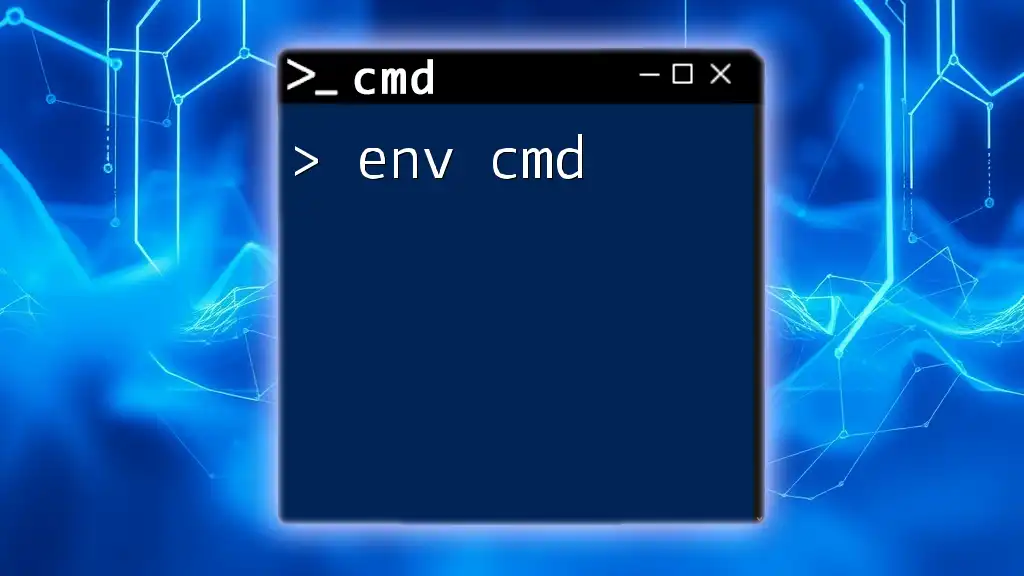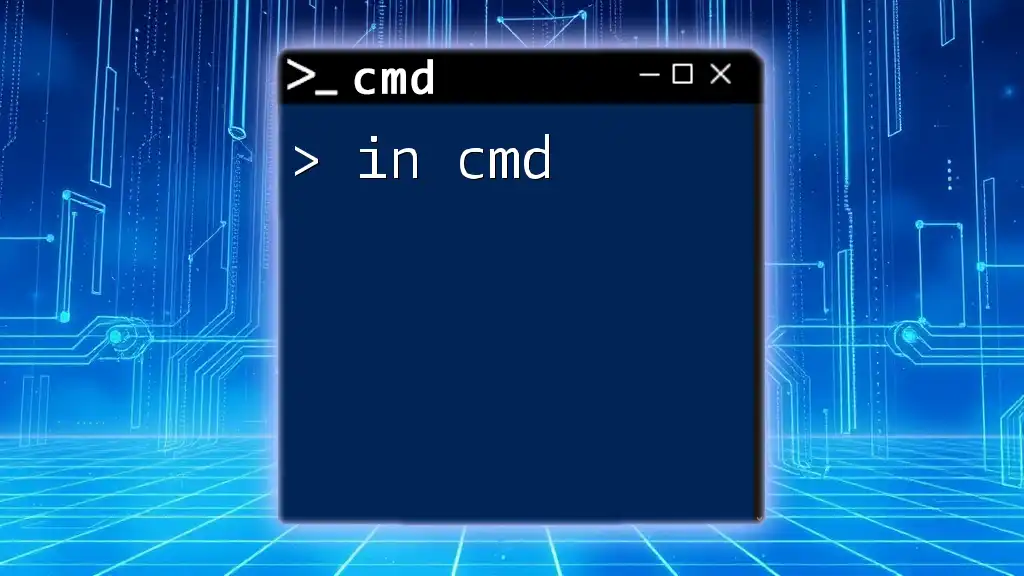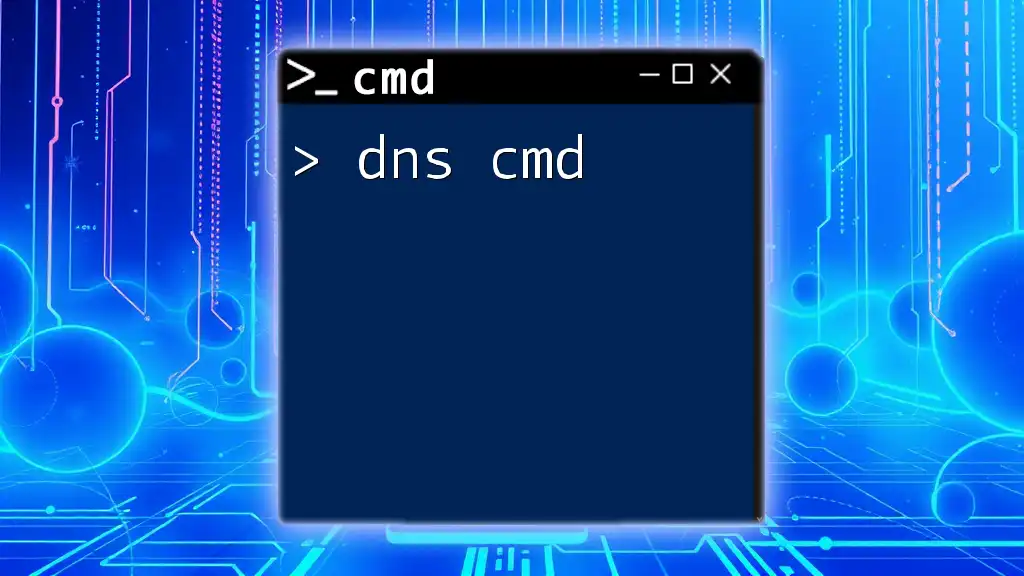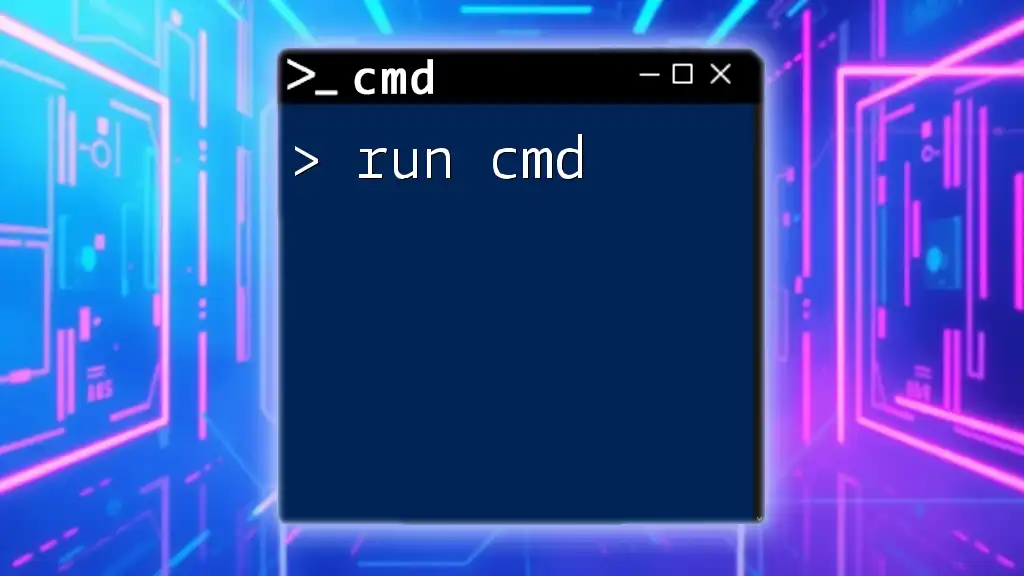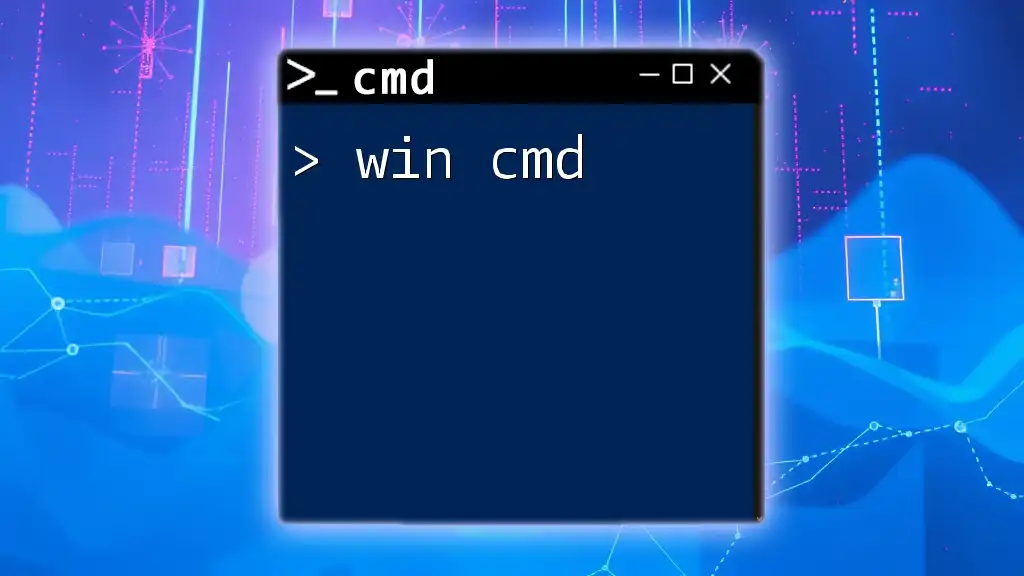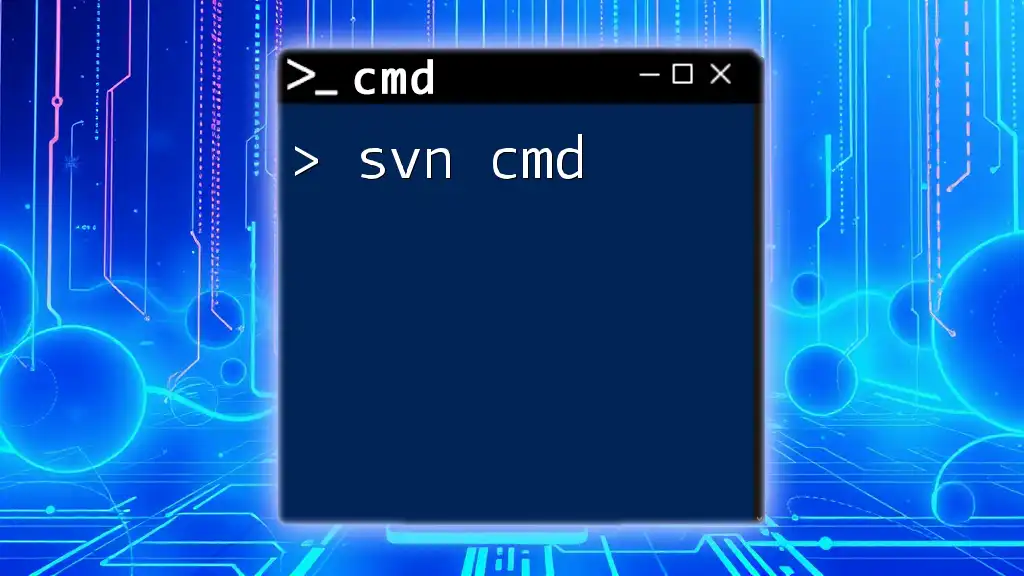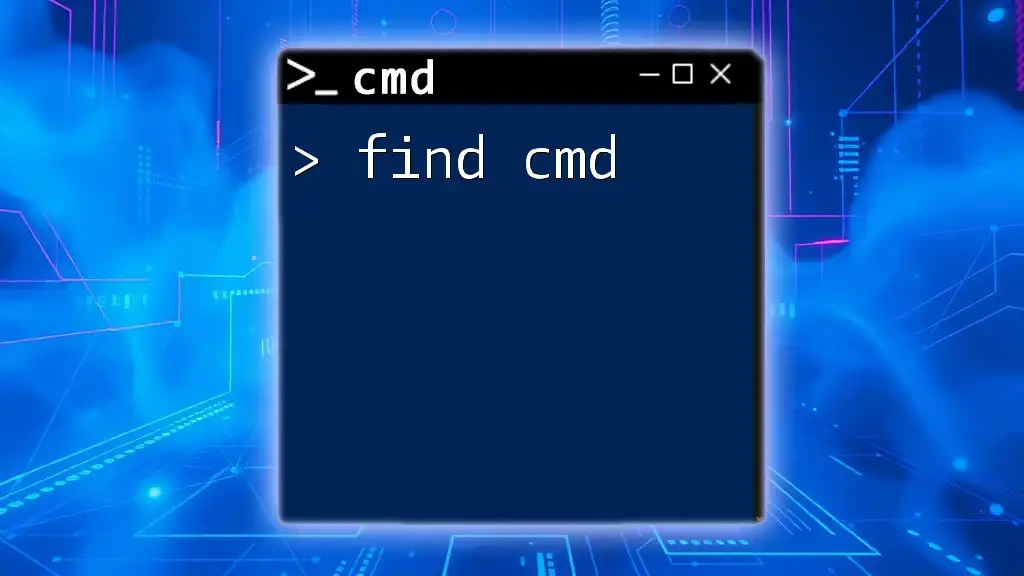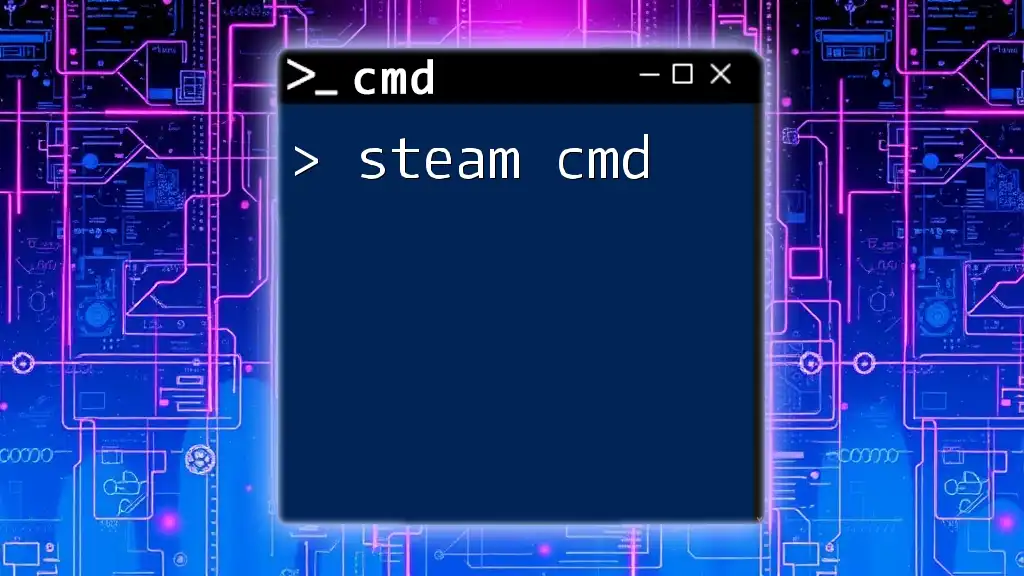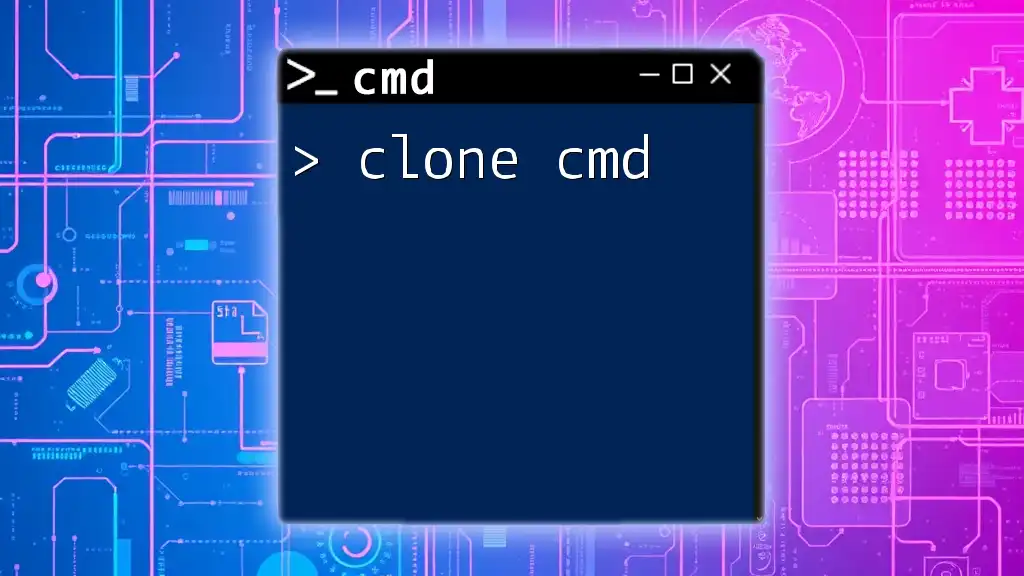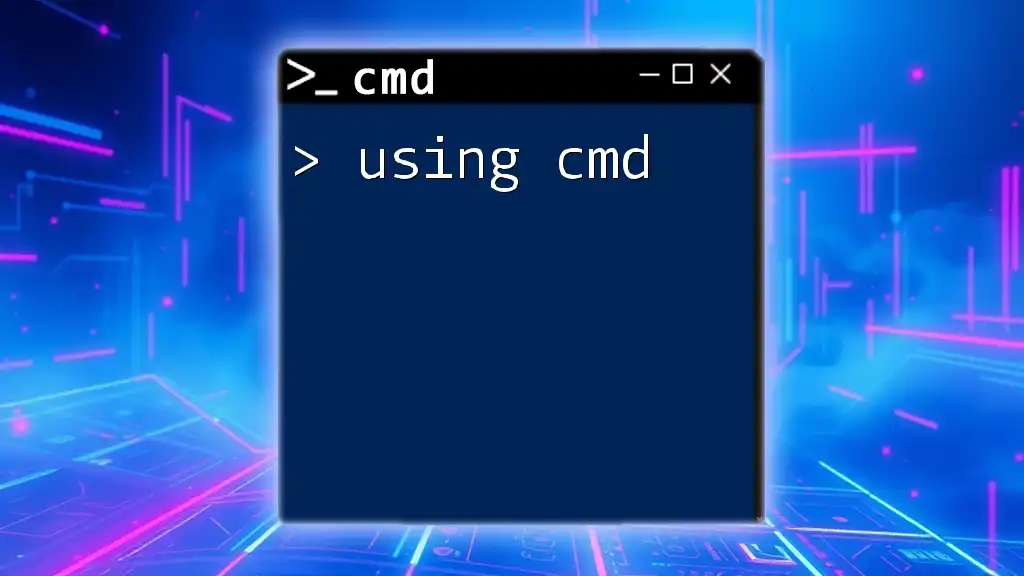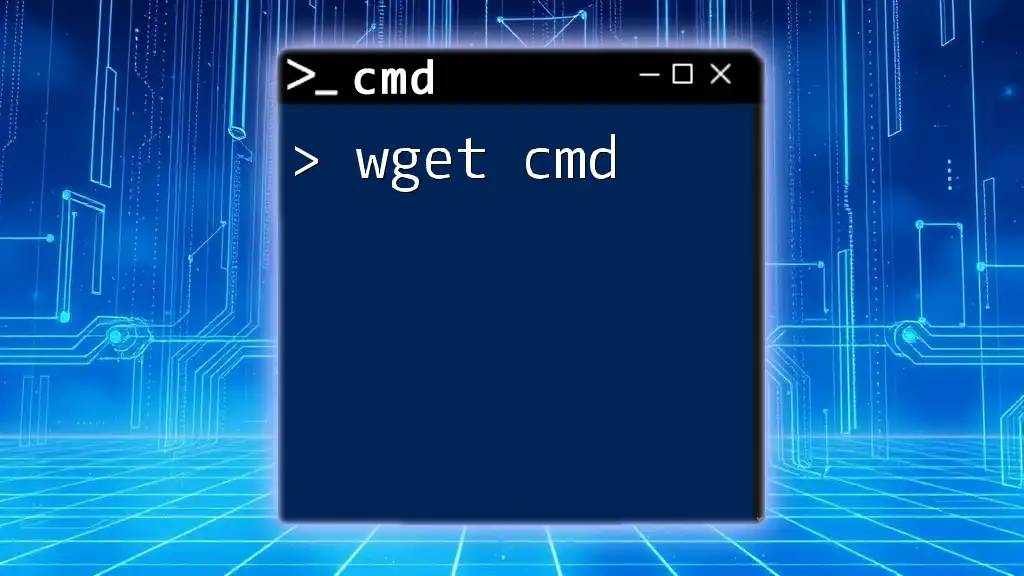The `env` command is used to set or display environment variables in a command-line interface, providing a way to manage various system settings and configurations.
set PATH=C:\NewFolder;%PATH%
Understanding Environment Variables
Definition of Environment Variables
Environment variables are dynamic values that can affect the behavior of running processes on your operating system. They are part of the environment in which a process runs and can store information such as configuration settings, system paths, and user identifiers. For example, common environment variables include:
- PATH: This variable specifies the directories in which executables are located, allowing you to run commands without providing the full path.
- USER: This variable holds the name of the currently logged-in user and can be referenced in scripts or commands.
Why Use Environment Variables?
Using environment variables offers several advantages, such as:
- Modularity: You can change configurations without altering the codebase, making your applications more flexible.
- Security: Storing sensitive information like API keys or database passwords in environment variables keeps them out of your source code, minimizing exposure to security threats.
- Configurable Environments: Easily switch between development, testing, and production environments, as settings can be tailored for each context.

Getting Started with `env-cmd`
What is `env-cmd`?
`env-cmd` is a command-line tool that allows you to set environment variables from an external file when running scripts. It simplifies managing environment-specific configurations while boosting your productivity by reducing boilerplate in your CLI commands. Unlike native CMD handling of environment variables, which can be cumbersome, `env-cmd` offers a more intuitive syntax for managing these variables effectively.
Installing `env-cmd`
Before using `env-cmd`, you need to install it. Ensure you have Node.js and npm installed on your machine. To install `env-cmd`, run the following command:
npm install -g env-cmd
This installs `env-cmd` globally, making it available from any path in your command line.
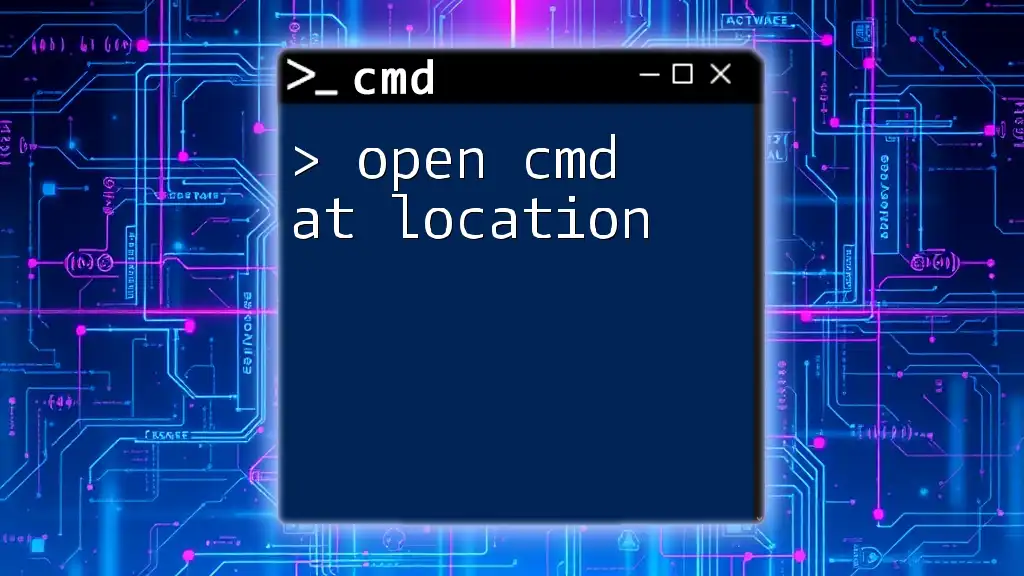
Using `env-cmd` in CMD
Basic Syntax of `env-cmd`
To use `env-cmd`, the command follows a straightforward syntax. Here is a basic example showcasing its usage:
env-cmd -f .env development npm start
In this command:
- `-f .env` specifies the file containing your environment variables.
- `development` is an example of an environment type you might define in that file.
- `npm start` is the command you wish to execute using those variables.
Running a Command with `env-cmd`
To run commands using `env-cmd`, you'll need to create a `.env` file that contains the relevant variables. Here’s how to set it up:
-
Create a `.env` file in your project directory and add your variables, for instance:
NODE_ENV=development DATABASE_URL=mongodb://localhost/devdb -
Execute a command while using the environment variables defined in your `.env` file:
env-cmd -f .env myCommand
This command will run `myCommand` with the environment variables set in `.env`.
Checking Environment Variables with CMD
Listing Environment Variables
You may want to check existing environment variables in CMD. You can list them by typing:
set
This command will display all the environment variables currently set for your session.
Accessing Specific Variables
To access a particular environment variable, the syntax is straightforward. For example, if you want to see the value of a variable named `DATABASE_URL`, you would run:
echo %DATABASE_URL%
This command outputs the value associated with the `DATABASE_URL` variable.
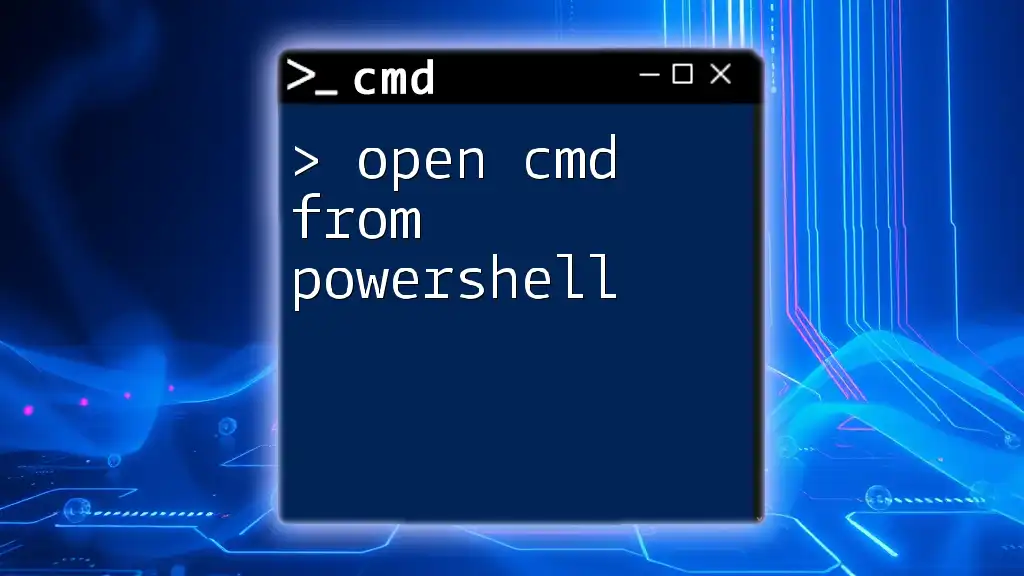
Practical Examples of `env cmd`
Example 1: Setting Up a Development Environment
Let’s say you are working on a project that requires specific settings for development. You can easily set that up in your `.env` file:
# .env
NODE_ENV=development
DATABASE_URL=mongodb://localhost/devdb
Now, you can start your development server with those specific settings by executing:
env-cmd -f .env development npm start
This command loads the environment variables defined in your `.env` file, applying them to your `npm` command.
Example 2: Adjusting Configuration for Production
As projects usually need different settings for production, you can create a separate `.env.production` file:
# .env.production
NODE_ENV=production
DATABASE_URL=mongodb://remote-server/proddb
To run your production build using these configurations, you would use:
env-cmd -f .env.production npm run build
This command executes the production build while using the correct environment variables.
Example 3: Managing Secrets Safely
In modern applications, it's crucial to manage sensitive data appropriately. Instead of hardcoding secrets directly in your source code, you can use a `.env` file. For instance:
# .env
SECRET_KEY=your_secret_key_here
This way, the secret key is stored securely and can be accessed in your application through the environment variable `SECRET_KEY`.
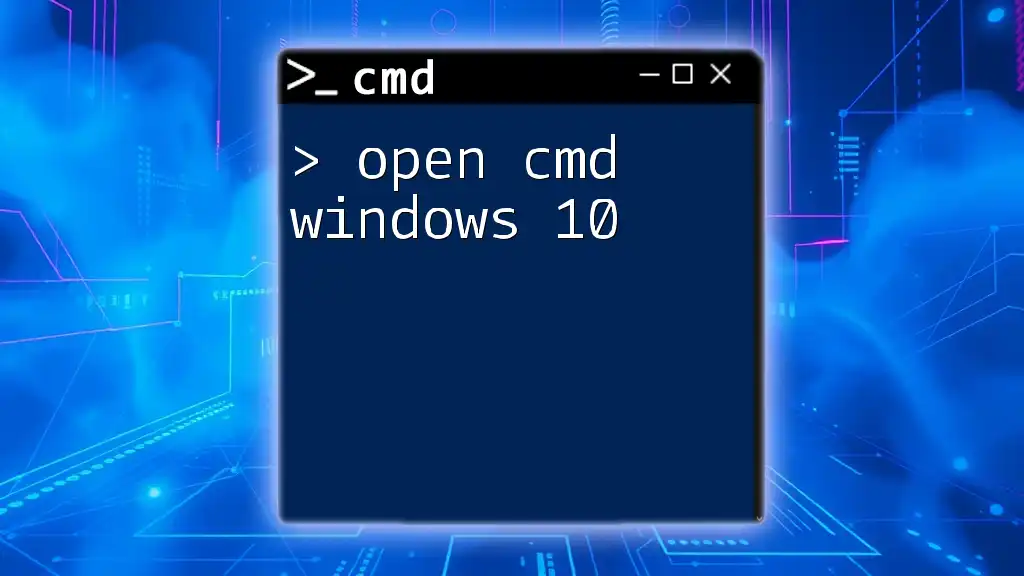
Troubleshooting Common Issues with `env cmd`
Common Errors and Solutions
When working with `env-cmd`, you might encounter some common issues. Here are a few:
- File Not Found: If you get an error stating the `.env` file cannot be found, double-check the file path and ensure it is named correctly.
- Syntax Errors: A missed character or incorrect format in the `.env` file can lead to errors. Ensure each line follows the format `KEY=VALUE` without extra spaces.
Tips for Optimal Usage
To enhance your experience with `env-cmd`, consider the following best practices:
- Consistently organize your `.env` files. Use naming conventions like `.env.development`, `.env.testing`, and `.env.production` to differentiate between environments effectively.
- Regularly review your environment variable settings to keep them current and relevant.
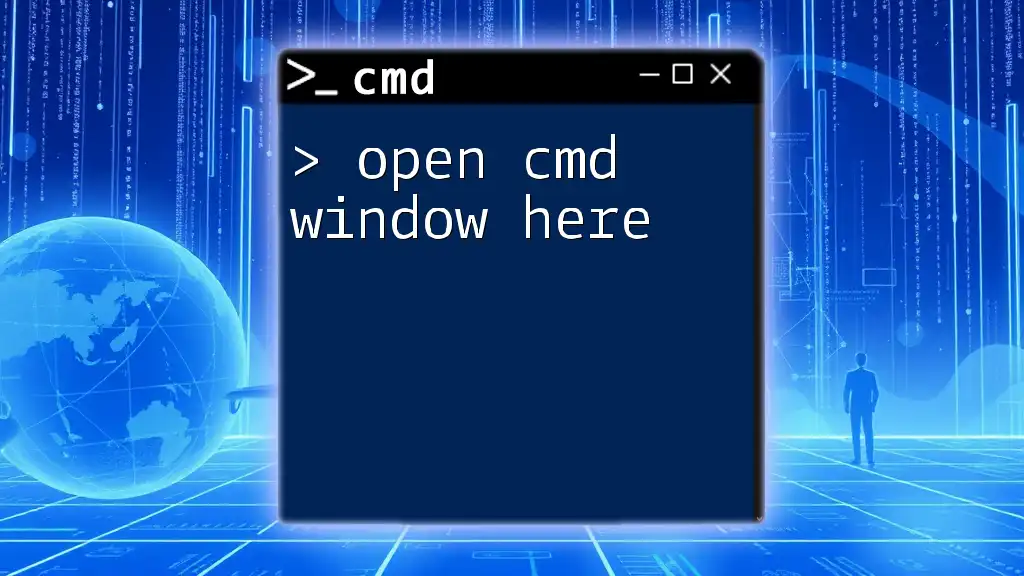
Conclusion
The use of env cmd and `env-cmd` is a powerful way to manage environment variables efficiently in your command line environment. By providing an intuitive way to load and utilize these variables, you can streamline your development processes, maintain the security of sensitive information, and simplify project configuration. Start practicing with these tools, and you will find your CLI experience significantly enhanced.
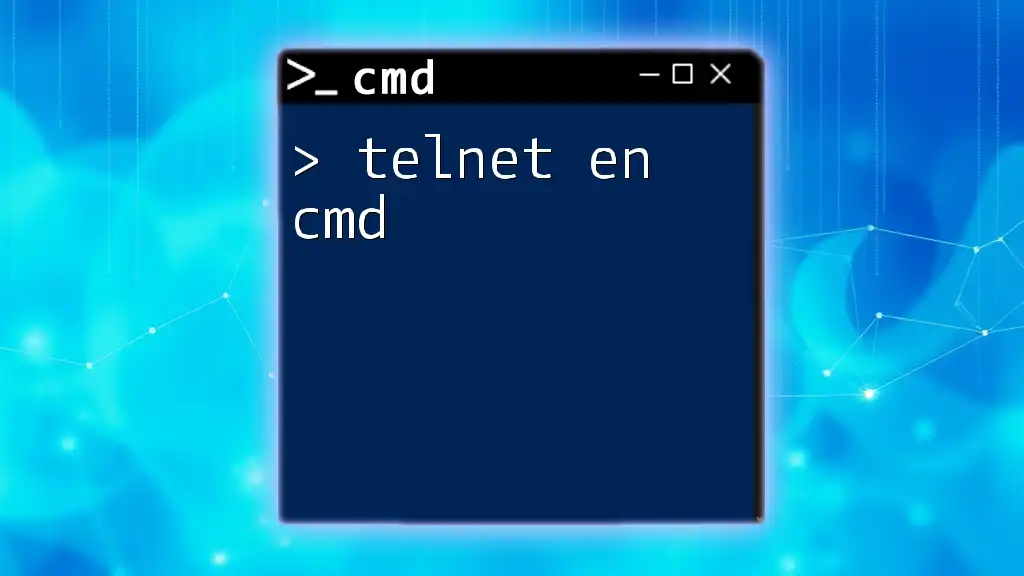
Additional Resources
For further reading, consider checking the official `env-cmd` documentation or tutorials available online, which provide insights into advanced usage and best practices. Keep exploring to master your command-line interface skills!

